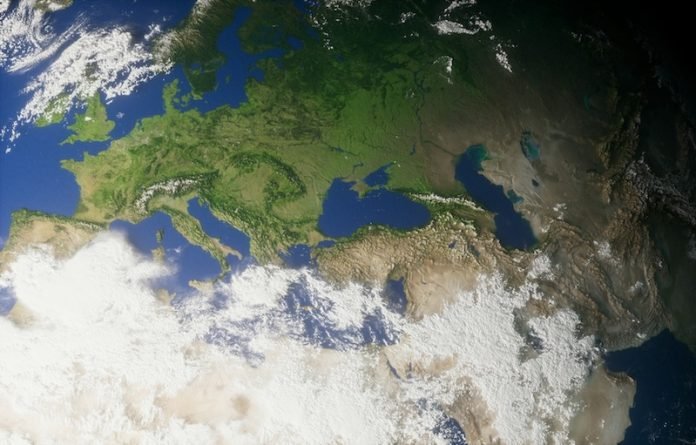
A team of scientists from Macquarie University has made an exciting discovery about how some of the Earth’s hidden resources, crucial for renewable energy, can be brought up from deep under the surface.
This new insight could help the world in its search for important metals needed for a green future.
The research, led by Dr. Isra Ezad, involved conducting experiments that mimic the extreme conditions deep below the Earth’s surface, about 90 kilometers down in the mantle. This is the layer underneath the Earth’s crust, where things get really hot and pressure is incredibly high.
Dr. Ezad and her team managed to create tiny amounts of molten material, similar to what you might find in this deep layer, but with a twist—it was rich in carbon.
Their experiments showed something remarkable: this carbon-rich molten rock could soak up and carry a variety of critical metals and compounds. This is a big deal because it offers clues on how we might find these precious materials.
Before this research, scientists knew that molten rocks deep in the Earth could move rare earth elements around. But Dr. Ezad’s team discovered these melts could do even more.
They found out that these melts could also grab onto sulfur in its oxidized form and a bunch of other valuable metals like nickel, copper, cobalt, gold, and silver.
Most of the deep rock under our feet is made of silicate, similar to the stuff that erupts from volcanoes. However, a tiny fraction of these deep rocks has a bit of carbon and water mixed in. This mix allows them to melt at lower temperatures.
When they melt, they can dissolve and transport metals, potentially creating rich deposits of these valuable resources.
Dr. Ezad points out that the melts enriched with sulfur might be more common than previously thought. These could play a significant role in gathering metal deposits in certain areas.
The team used samples from two natural sources deep in the mantle to conduct their experiments, giving them a peek into processes happening far beneath our feet.
Regions with thicker continental crust, usually found inland on continents, can act like a sponge. They absorb carbon and water, which can lead to the formation of these carbon-sulfur melts.
These melts can then move metals closer to the surface, where various chemical reactions could form ore deposits.
This study opens up new possibilities for understanding how metals are moved around inside the Earth and how they can accumulate in places where we can reach them.
With the world moving towards renewable energy sources like batteries, wind, and solar power, the demand for these metals is shooting up. It’s becoming increasingly challenging to find them.
Dr. Ezad believes that by following the trail of these carbonate melts, we could uncover new sources of essential metals, providing a new frontier in the search for the raw materials needed for a sustainable future.
The research findings can be found in Science Advances.
Copyright © 2024 Knowridge Science Report. All rights reserved.



